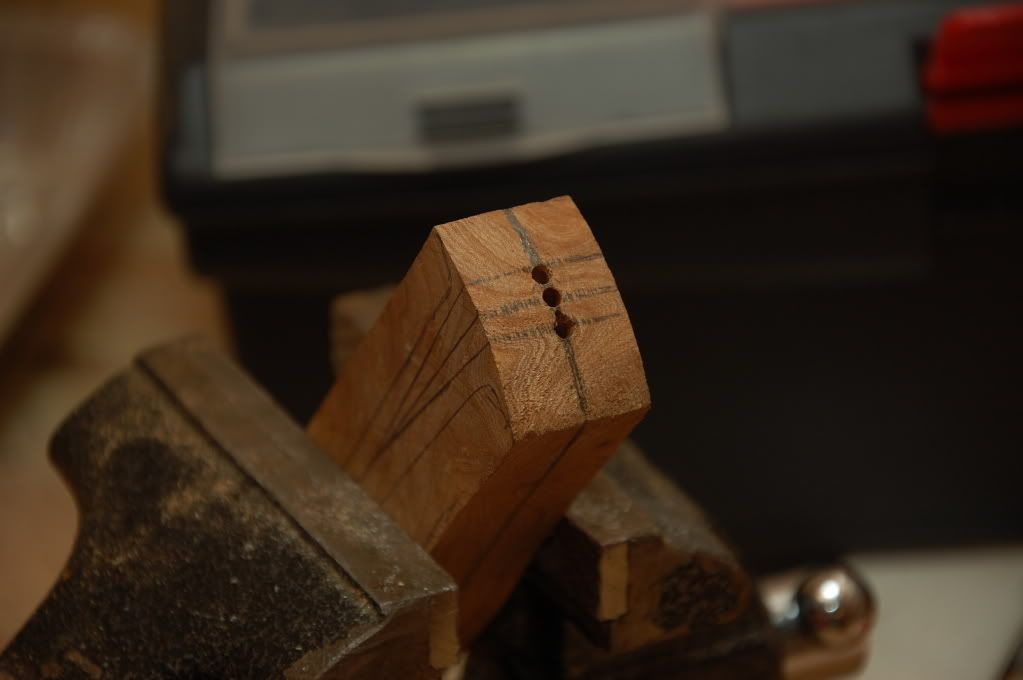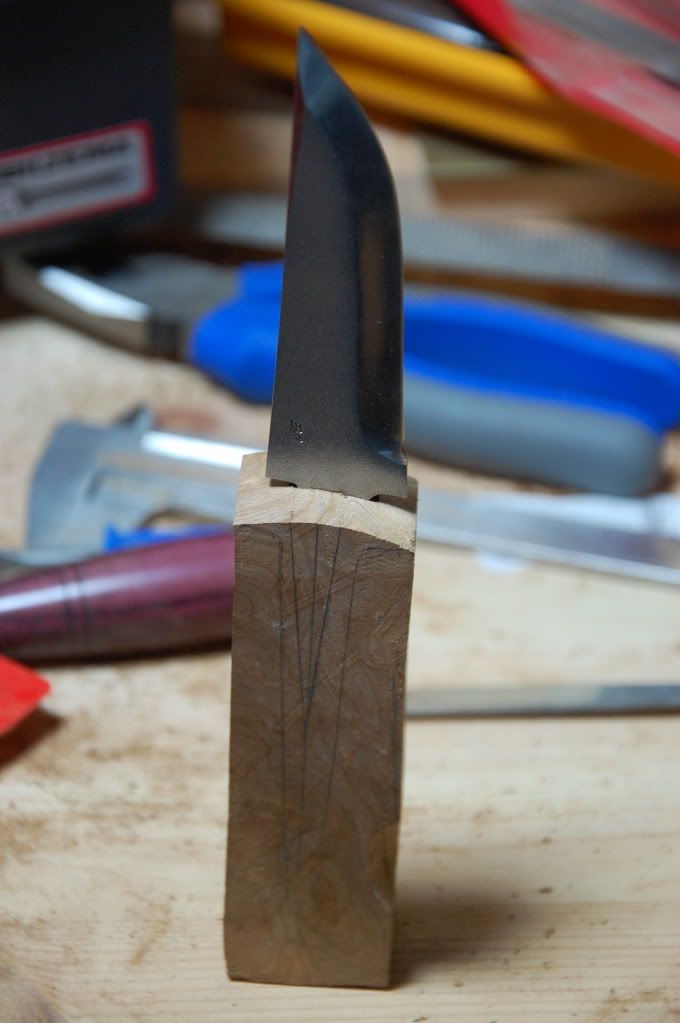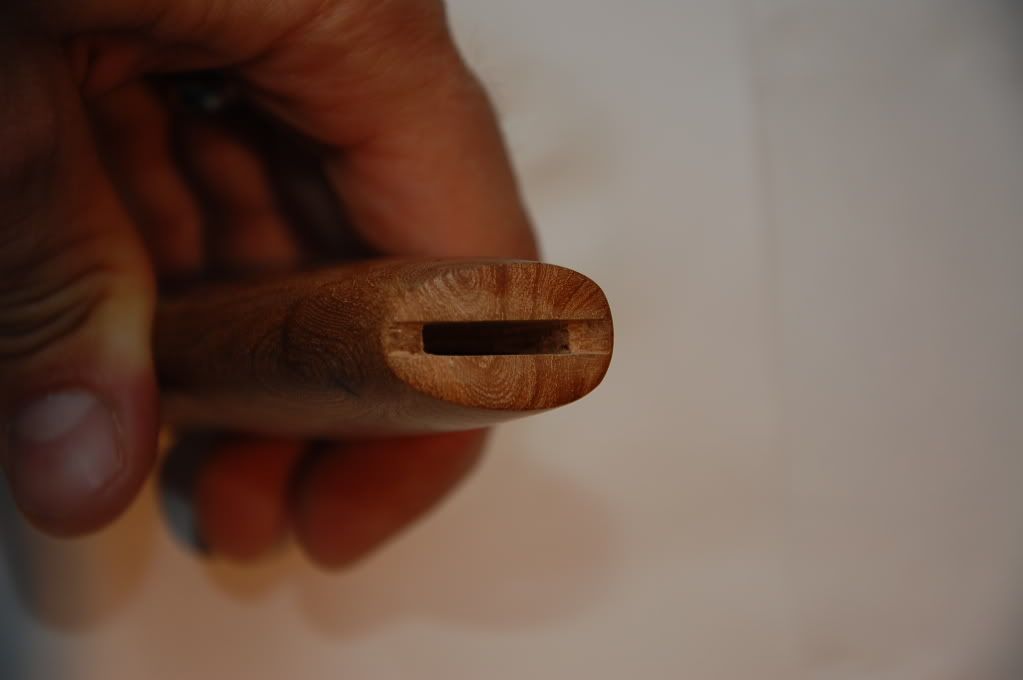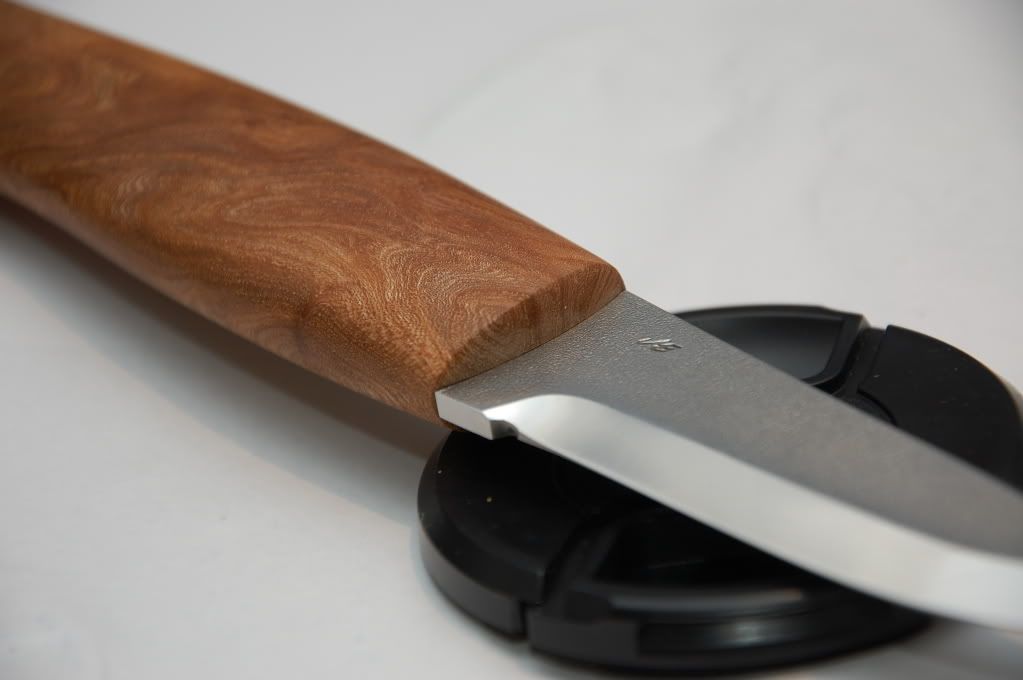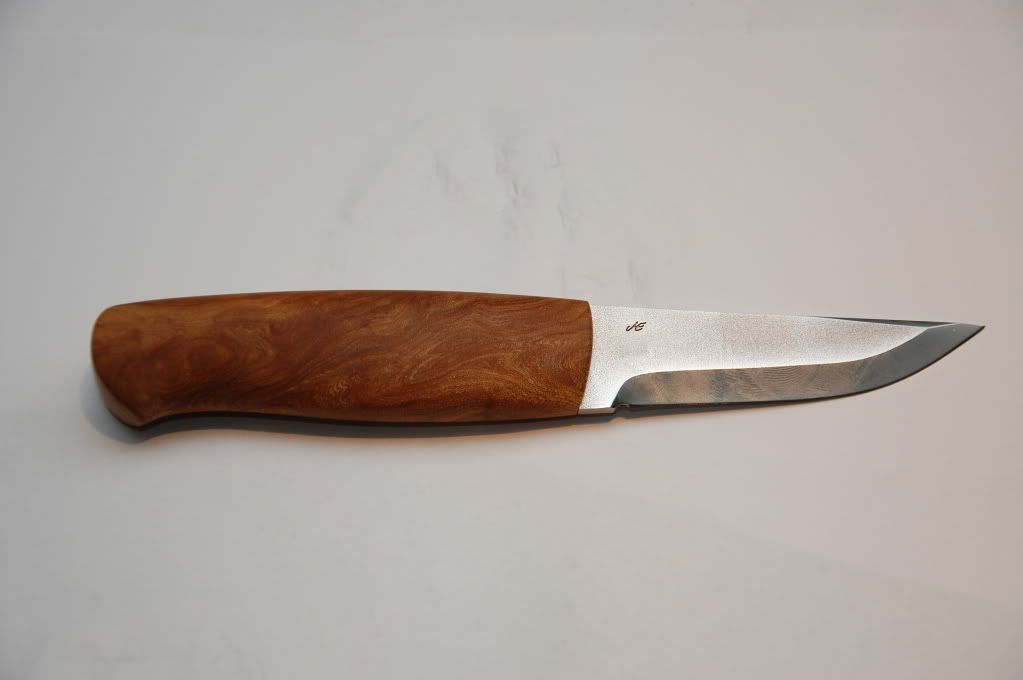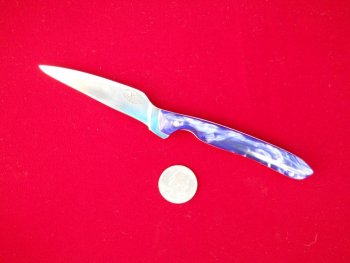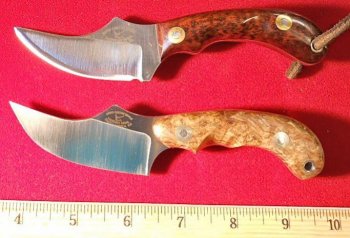Fred Rowe
Well-Known Member
It baffles me, that we are discussing knives in terms that relate more to pry bars than to sharp edged tools built to cut.
If proper heat cycling is adhered too and basic accepted construction techniques are used there is no reason for either a hidden tang or a full tang knife to fail.
If the grinds are correct for its intended use and the edge itself is built with an eye for use, there is little reason to distress over a knifes handle construction.
If a situation arises where the job at hand requires that extreme stress be put on a knife; I'll put the knife aside and select the proper tool for the job.
I just heard this little voice in my head and that is what they told me. Fred
If proper heat cycling is adhered too and basic accepted construction techniques are used there is no reason for either a hidden tang or a full tang knife to fail.
If the grinds are correct for its intended use and the edge itself is built with an eye for use, there is little reason to distress over a knifes handle construction.
If a situation arises where the job at hand requires that extreme stress be put on a knife; I'll put the knife aside and select the proper tool for the job.
I just heard this little voice in my head and that is what they told me. Fred




